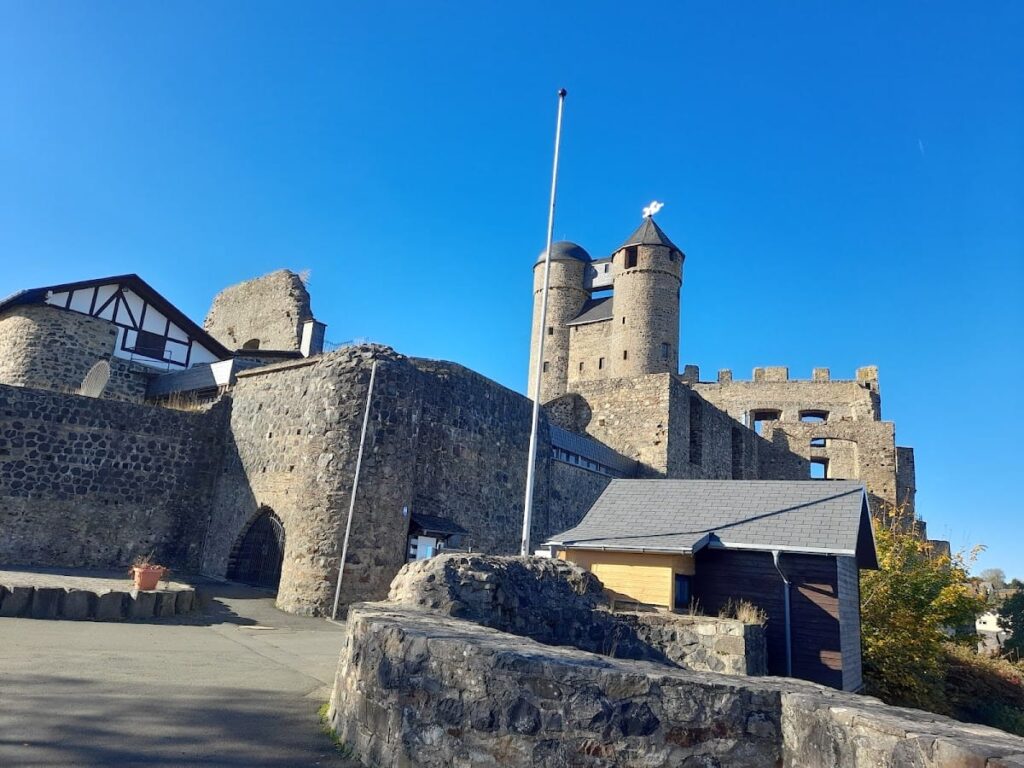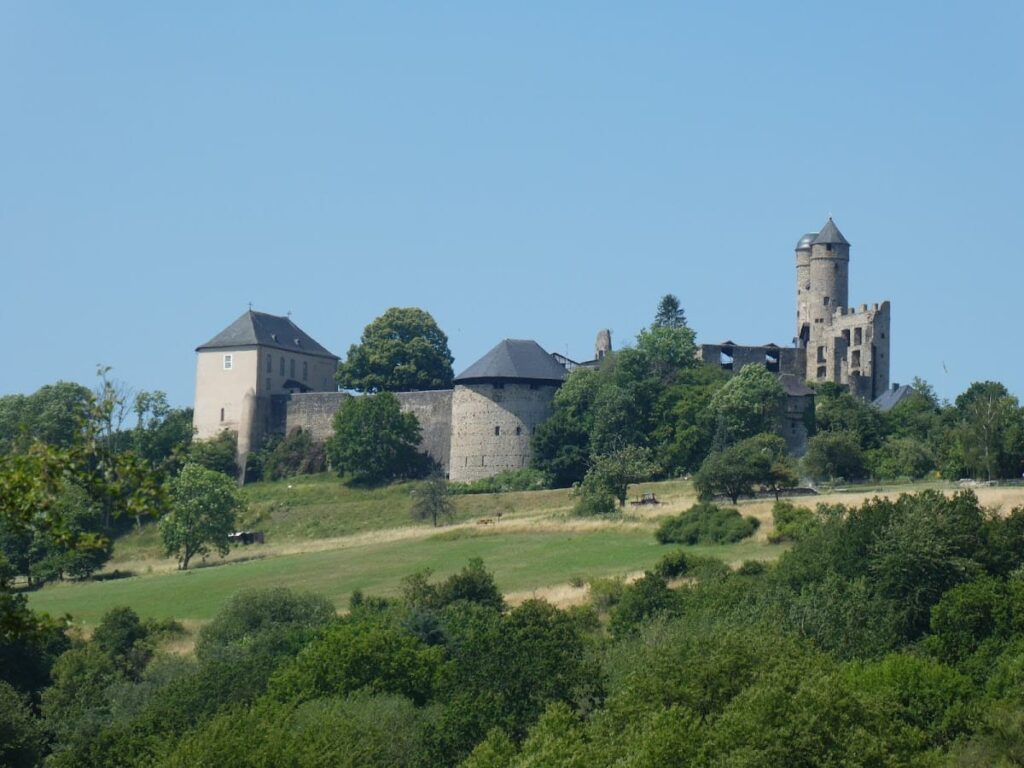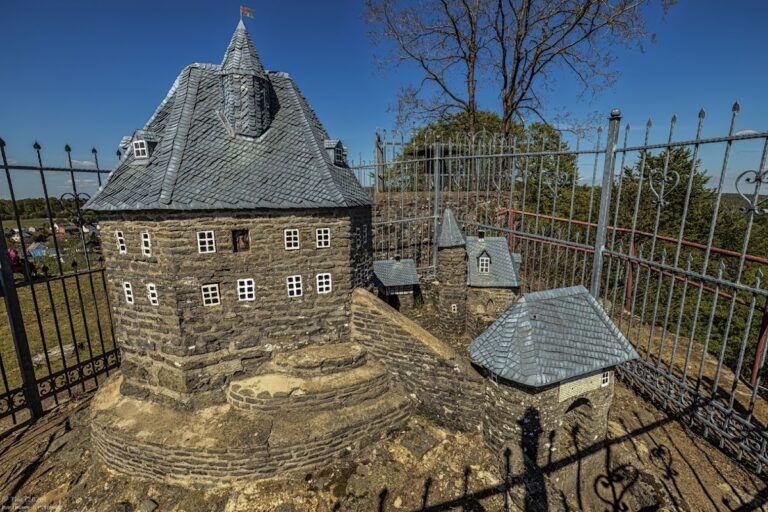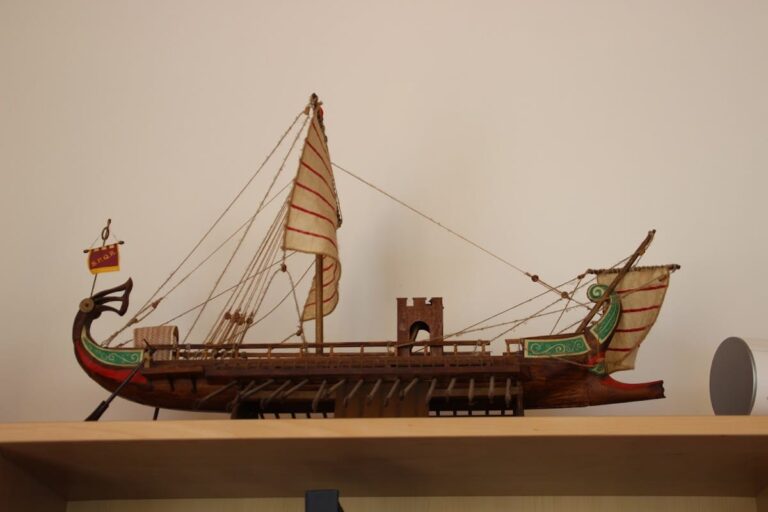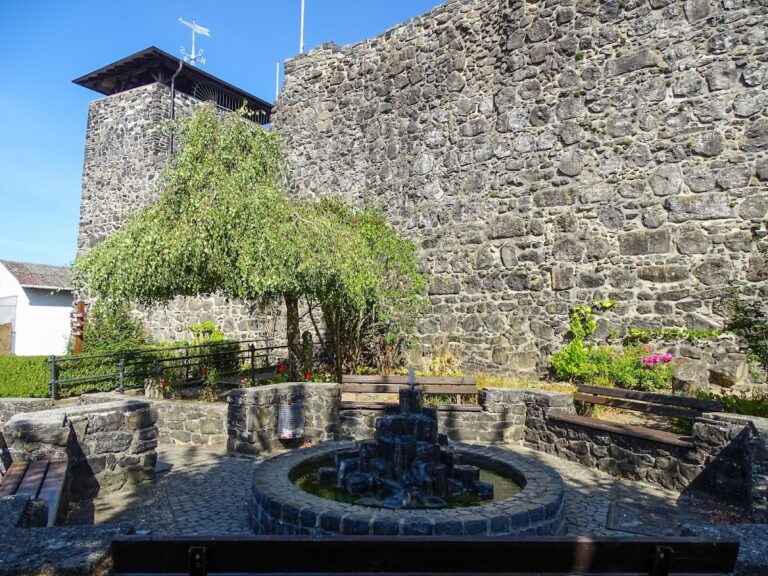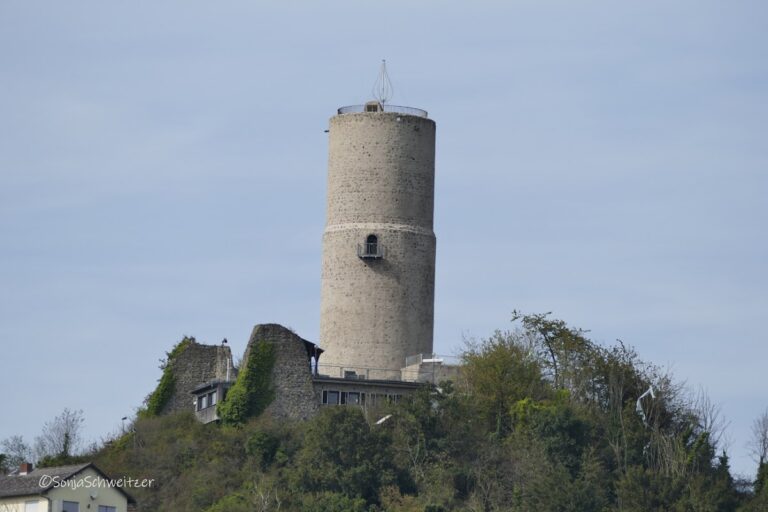Greifenstein Castle: Medieval Hilltop Fortifications in Baden-Württemberg
Visitor Information
Google Rating: 4.6
Popularity: Medium
Google Maps: View on Google Maps
Official Website: www.burg-greifenstein.net
Country: Germany
Civilization: Medieval European
Remains: Military
History
Greifenstein Castle consists of two hilltop fortifications near Holzelfingen in the Lichtenstein municipality of Baden-Württemberg. These castles were built by medieval knights during the 12th century to control the surrounding valleys. The earliest known mention of the knights of Greifenstein dates to 1187, when Bertholdus de Grifinstain appeared as a witness in a document issued by Duke Friedrich VI of Swabia.
The first castle constructed was Untergreifenstein, positioned on a narrow rocky outcrop. Several decades later, Obergreifenstein was built about 100 meters higher on the same rock formation, providing a stronger defensive position. Both castles served as strategic points to oversee and secure the nearby Holzelfinger valley.
In the early 14th century, the castles were destroyed during the Imperial War of 1311–1312, a conflict that affected many fortifications in the region. By 1355, records show that the ruins of Greifenstein Castle had come under the control of the rulers of Württemberg. Since then, the site has remained in ruins, with no further documented military or administrative use.
Remains
The Greifenstein site features two separate castles built on rocky heights overlooking the valley. Obergreifenstein, the higher and larger of the two, retains parts of its defensive ring wall and the bergfried, which is the main tower. This tower was located just behind the castle moat and was surrounded by residential buildings, storage areas, and a dungeon. These structures formed the core of the castle’s defensive and living spaces.
Untergreifenstein lies about 150 meters west of Obergreifenstein on a narrow rock ridge. Today, only small sections of its walls and some ditches remain visible. The construction techniques involved local stone, typical of 12th-century hill castles, but no detailed decorative elements or inscriptions have been found.
Archaeological surface finds at the site include ceramic fragments, which have contributed to research on medieval castle life and pottery. The overall preservation is limited to partial walls and earthworks, with no evidence of later modifications or restorations. The ruins stand as a testament to the castles’ original defensive purpose and their destruction in the early 14th century.


